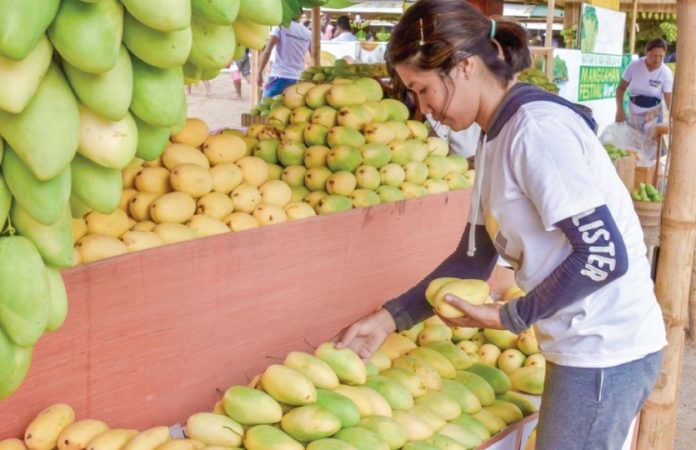
ILOILO City – The hot weather brought about by the El Niño phenomenon is good for mangoes – the “banner crop” of Guimaras. But this is not the same case with other crops in the island province.
From January to April 15, damage due to the rising temperature already reached P11 million, according to the Provincial Agriculture Office (PAO).
El Niño is a weather pattern characterized by higher temperature and prolonged drought in countries like the Philippines.
Guimaras Provincial Agriculturist Ronnie Morante said their “high-value crops” such as cacao, coffee, cashew nuts, and corn suffered the most losses due to this.
According to Morante, the P11-million damage is just an initial estimate. The PAO projects the loss to reach P15 million this May should the lack of rain continues.
“Kay wala man gihapon ka–ulan, we are projecting nga madugangan ang damage. Siguro from P11 million maabot ini sa P15 million,” said the PAO chief.
Latest records from PAO showed that El Niño has already affected about 500 farmers in Guimaras.
These farmers are set to receive seeds of high-value crops from the provincial government.
“Hatagan sila sang seeds para makatanum sila kon mag-ulan na,” Morante said.
A “state of calamity” has yet to be declared in all five towns (Jordan, Buenavista, Sibunag, Nueva Valencia, and San Lorenzo) of the island province.
Most residents in Guimaras rely on planting mangoes, rice and other high-value crops as their primary source of income; some rely on fishing.
Morante said El Niño brought “minimal” damage to their rice fields.
Local farmers also managed to harvest rice in the second cropping season just before El Niño hit the island somewhere in February and March – the reason that Guimaras’ palay supply is still sufficient, he added.
Guimaras’ mango industry, meanwhile, is thriving, stressed Morante. The hot weather prevents budding mango fruits from falling off their tree, allowing them to mature and be ready for harvest.
While he cannot present the exact figures, Morante noted that there was an increase in mango production in Guimaras, which is currently celebrating the famous Manggahan Festival.
The province is exporting its mangoes – touted as the “sweetest in the world” – to the United States, Singapore, Hong Kong, Korea, Japan, and Australia.
This June, Guimaras will also export mangoes to Eastern Europe, starting with Belarus, Germany and Russia./PN



